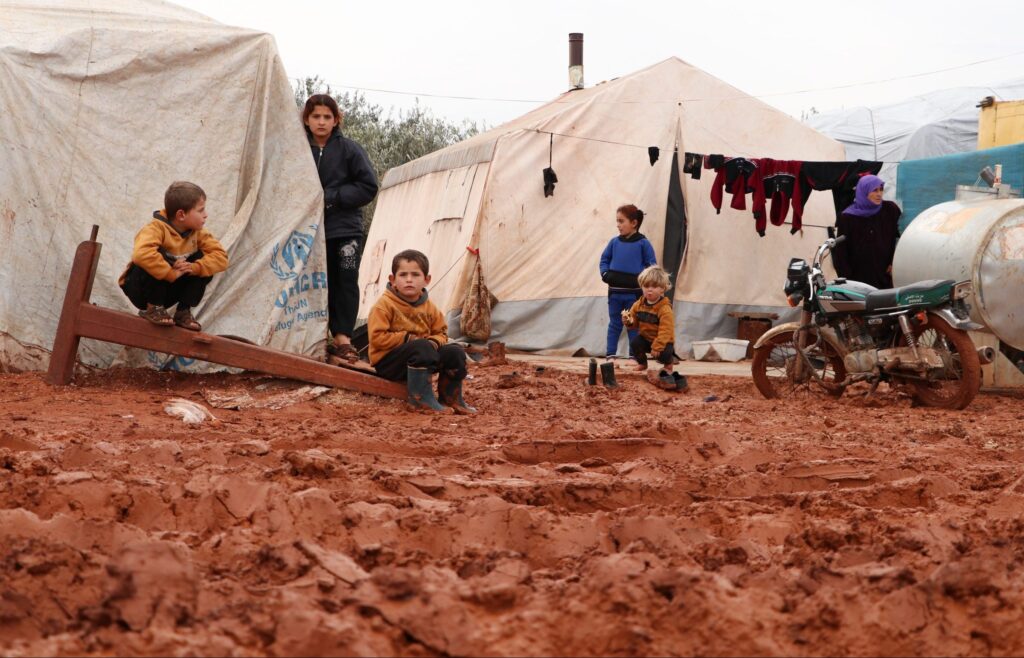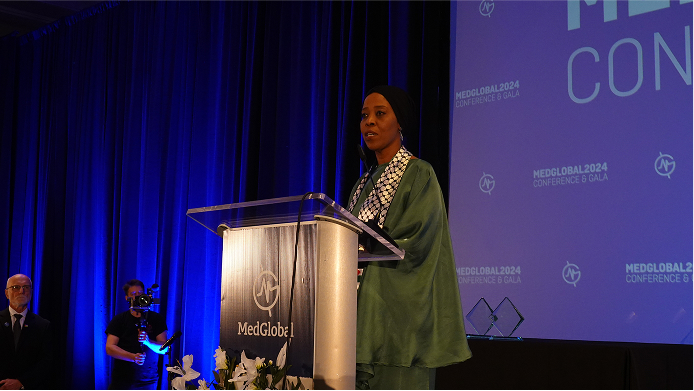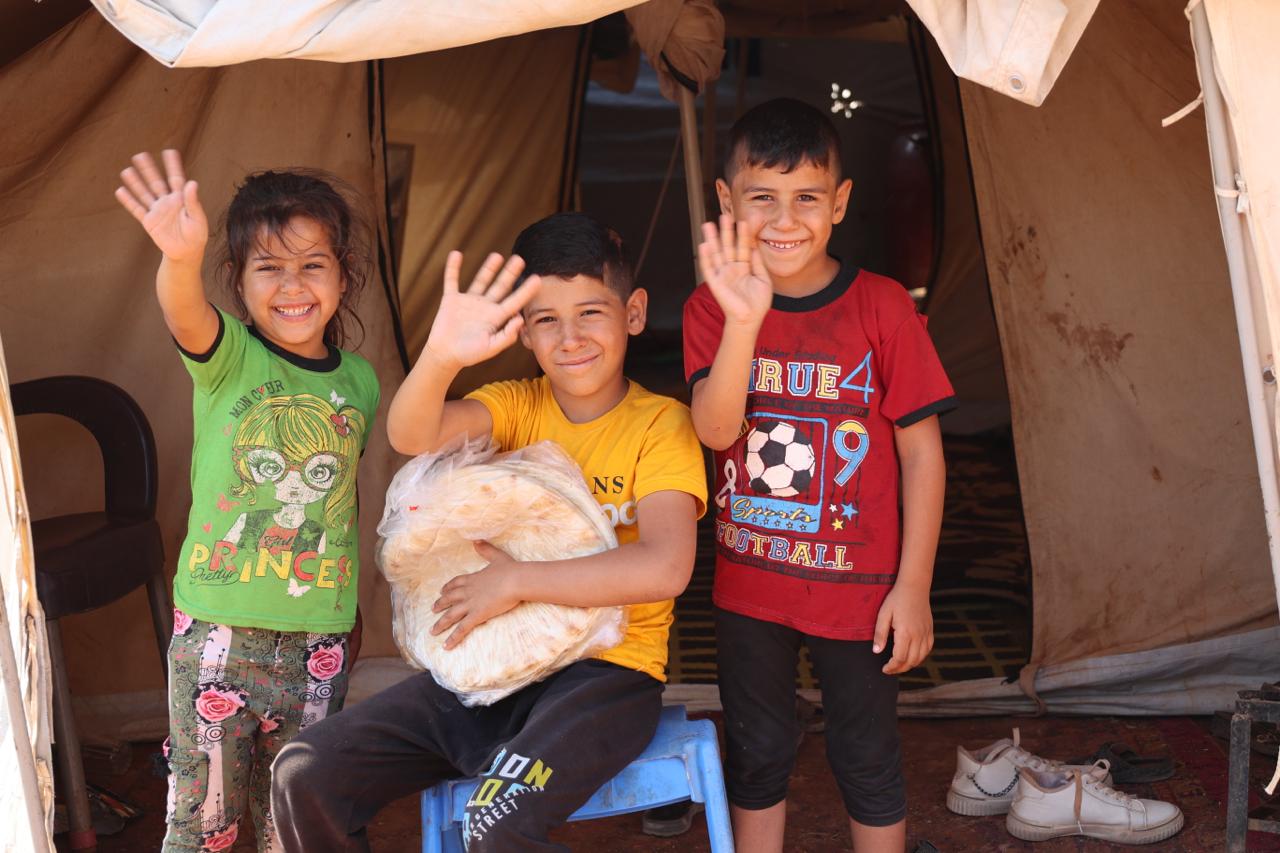Updates & Press
Featured | November 3, 2020
Syria: Displacement in the Last 4 Years
Author | MedGlobalComms

As the year 2021 gets closer, so does the tenth anniversary of the conflict in Syria, which has led to over 500,000 deaths, destroyed the country’s infrastructure, and displaced nearly 13 million people from their homes, leading to the world’s largest displacement crisis. The health sector in particular has been decimated – as much as 70% of the health workforce has been displaced out of the country, there have been more than 600 attacks on health facilities, and at least 923 medical personnel have been killed, over 90% by Syrian government attacks. The targeting of healthcare has been used as a strategy of war from the beginning days of the conflict. Attacks on civilian areas coupled with the destruction of the health facilities and lack of medics that would treat them has been a central driver of overall displacement.
Currently in Syria, there are at least 6.2 million people, including 2.5 million children, internally displaced. From April 2019 through March 2020, an aerial and ground offensive in northwest Syria – during which attacks on civilian areas including schools, hospitals, and markets was frequent – led to the death of at least 1,600 civilians and the forced displacement of around 1.4 million people. Many of these internally displaced persons (IDPs) had been displaced several times over. These figures are just the latest displacement statistics – based on research from the Internal Displacement Monitoring Center, there have been millions of people displaced internally each year over the last four years:
- 2017: 2.9 million new displacements
- 2018: 1.65 million new displacements
- 2019: 1.85 million new displacements
- 2020: 1.47 million new displacements (through June 2020)
In addition to the mass internal displacement, an additional 5.57 million Syrians are displaced outside the country as refugees. This number has grown significantly from the 4.8 million Syrian refugees registered with the UNHCR at the end of 2016. For the vast majority of refugees, conditions for a safe return to Syria do not currently exist, and the protracted nature of the refugee crisis persists.
At the same time, in the U.S., policies around refugee resettlement have been drastically scaled back over the last four years. The U.S. has historically been the global leader in refugee resettlement, especially since the passage of the 1980 Refugee Act. However, while the world faces the highest levels of displacement on record, refugee admissions to the U.S. have dropped to a historic low over the last four years.
In 2016, the Presidential Determination for refugee admissions was 85,000. Each year since then, the Presidential Determination has hit a new historic low, with a FY2021 refugee admissions cap of only 15,000. During this administration, there have been numerous policy changes – from the refugee admissions cuts to three Presidential Executive Orders denying admission to refugees from specific nationalities, most notably Syrians – dismantling the U.S. refugee resettlement infrastructure.
For Syrian refugees, who make up more than 27% of refugees under the UNHCR’s mandate, the effect in this policy shift has been particularly pronounced. A total of 22,138 Syrian refugees have been admitted to the U.S. since 2012. However, since 2016, the United States has only resettled 7,668 Syrian refugees, a sharp decline from the 12,587 who were resettled in 2016 alone. In 2020, only 481 Syrian refugees have been resettled in the U.S., just over 3% of the 2016 total.

Moving forward, it is critical that the effects of the conflict in Syria and the displacement crisis be addressed at all levels – in Syria, the region, and globally. MedGlobal is proud to have partnered with several Syrian and refugee-led organizations supporting healthcare in Syria and the region, including Violet Organization, Rahma Relief, UOSSM, and Multi-Aid Programs (MAPs). During the COVID-19 pandemic alone, MedGlobal has worked with partners to distribute tens of thousands of personal protective equipment (PPE) and personal hygiene kits; support a 150-person quarantine center in Darkoush, which provides food, hygiene, housing, and daily medical checks for displaced families; and build critical infrastructure, most notably industrial oxygen generators in Darkoush and Idlib City to support COVID-19 patients and others who need breathing assistance. Additionally, in August MedGlobal began to provide 200 oxygen concentrators and 100 CPAP and BIPAP machines, or non-invasive ventilators to help people who are suffering from severe COVID-19 symptoms breathe, to cities throughout Syria in partnership with local independent NGOs.
It is critical that governments and stakeholders step up to support displaced Syrians through increased support and protection programming for displaced civilians inside of Syria, service provision and ample rights for refugees displaced regionally, and increased resettlement of refugees at a global level, including the United States. Each year, the Presidential Determination should be put forth to at least 95,000, in line with historic averages. Direct funding for local and refugee-led humanitarian and civil society organizations should be increased. The displacement crisis for Syrians in the country and refugees outside of the country is far from over, and these communities must not be forgotten.


